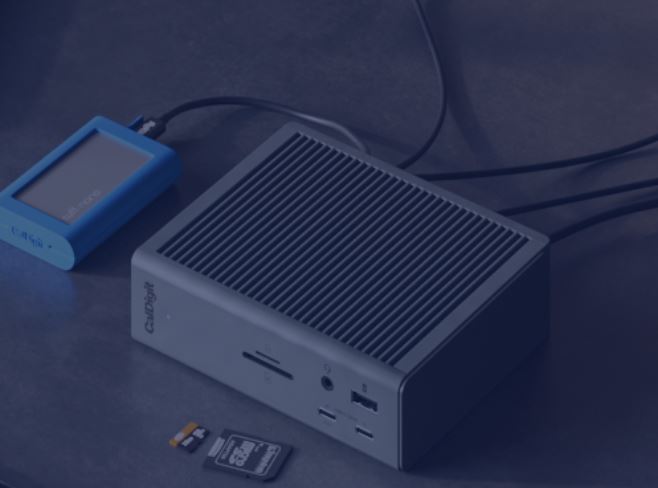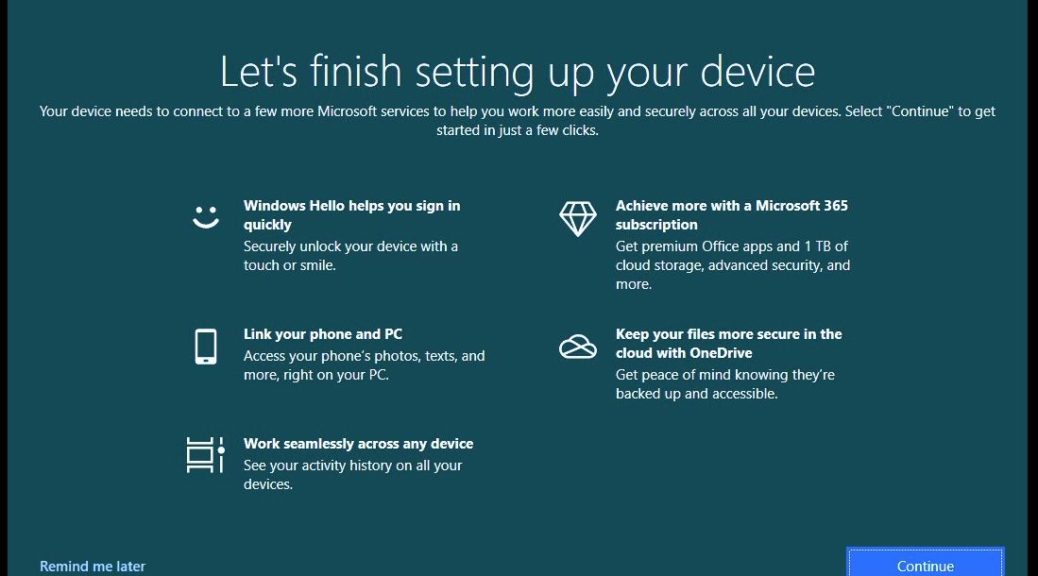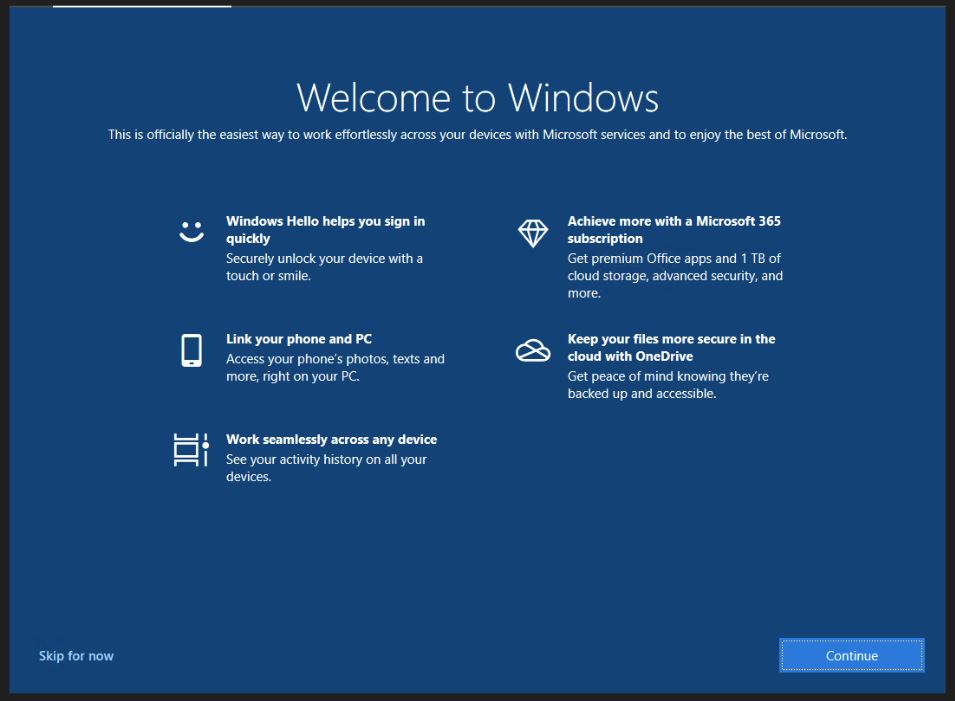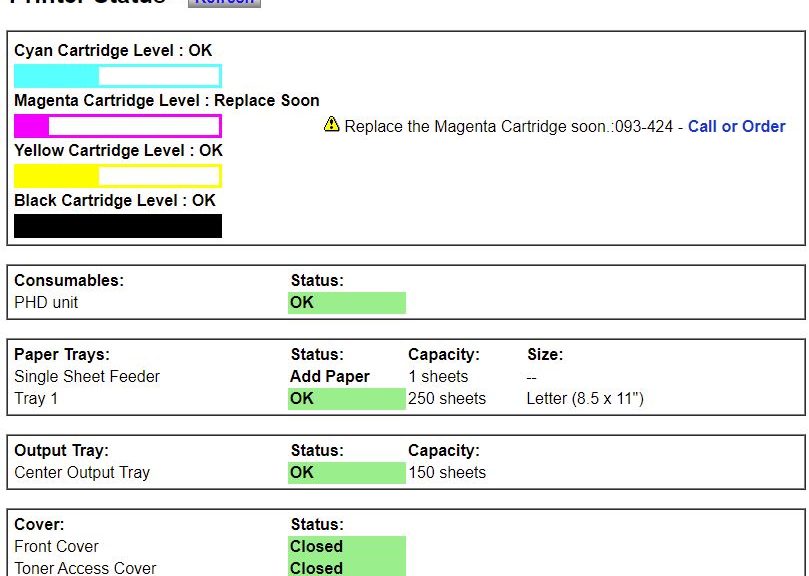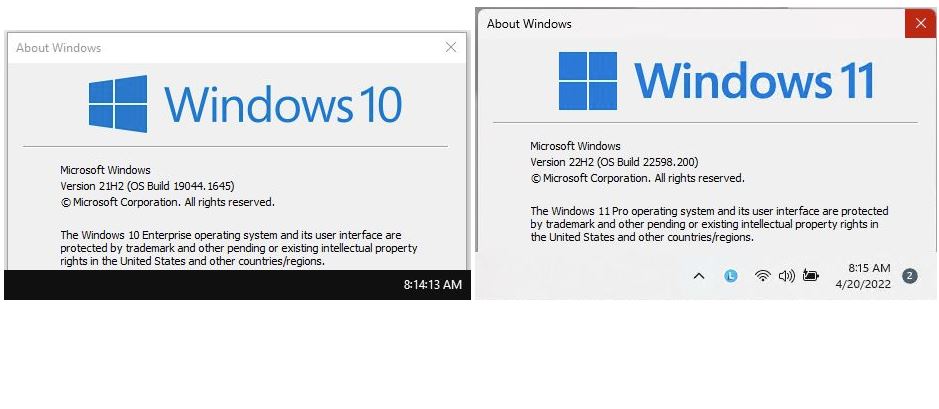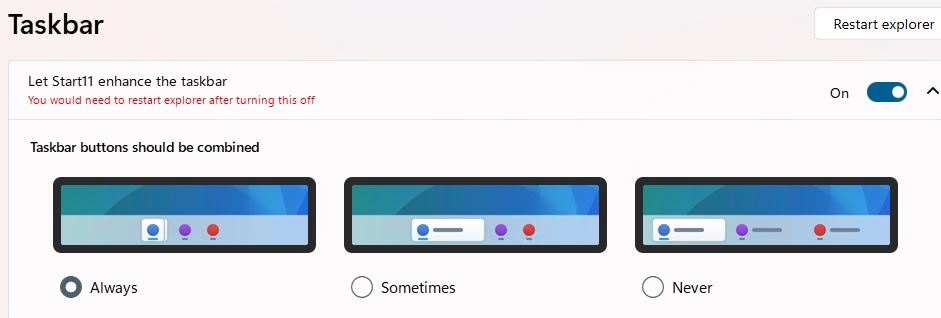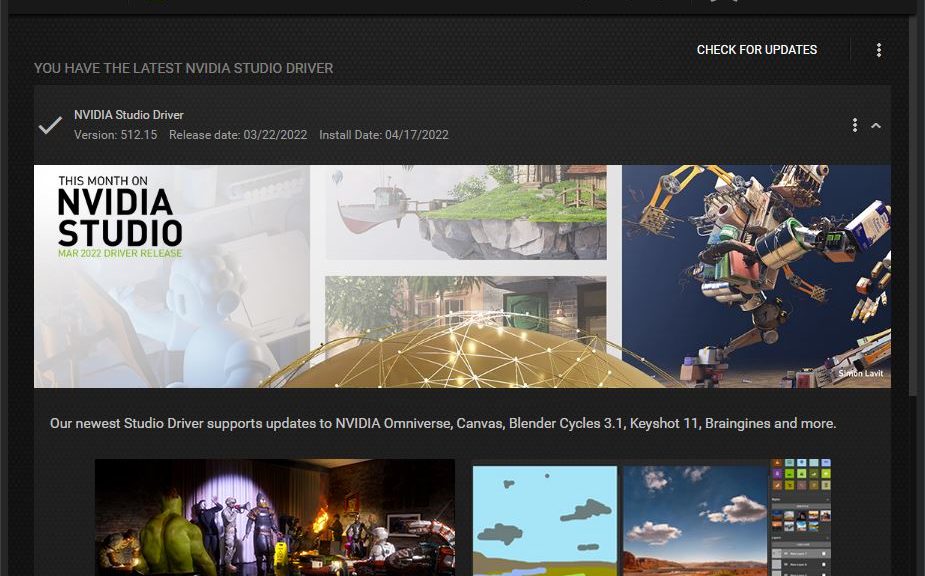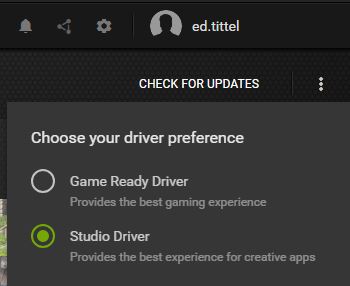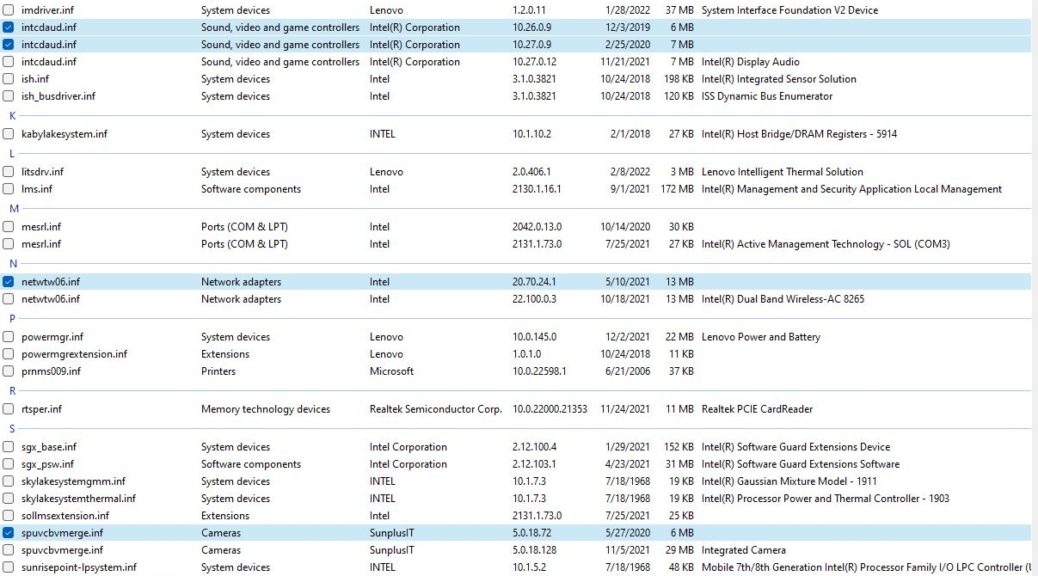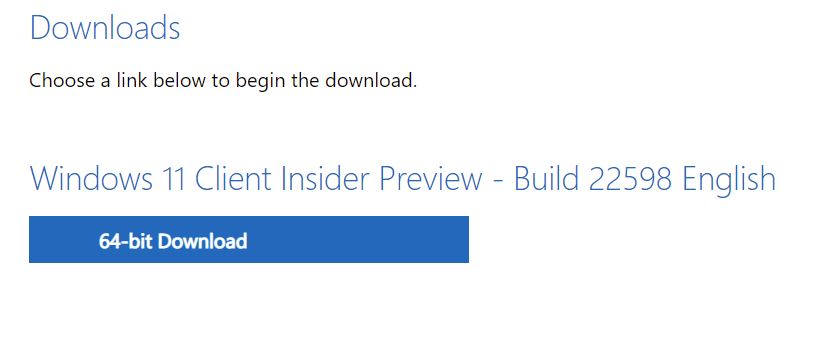I’m a big fan of Thunderbolt docks, especially for high end laptops. These days, Thunderbolt 4 stuff can be especially hard to buy. I was “wildly excited” to learn about CalDigit’s new 18-port 98W charge capable TS4 dock. I was also unsurprized to learn it was out of stock. Indeed, the sold-out CalDigit TS4 offers amazing power and capability (view next graphic full-size for complete front and back view of ports). That said, its most outstanding attribute at present is to frustrate my ability to say “Shut up, and take my money!”
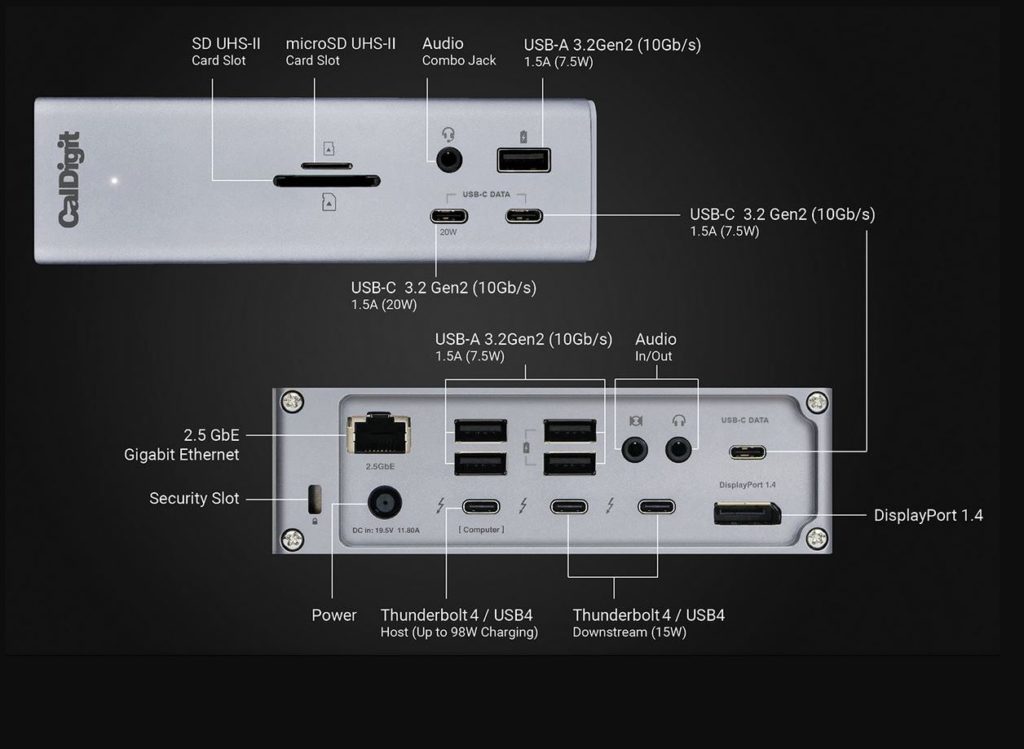
If Sold-out CalDigit TS4 Offers Amazing Power, When Can I Get One?
According to CalDigit’s latest “Update on availability,” more TS4s will come off the line in mid-May. Assuming the second batch is as popular as the first, it’ll sell out in days, if not hours. I may still try to buy one anyway. But I’m not expecting to score on the upcoming round either.
Why not? Because there aren’t that many good Thunderbolt 4 docks on the market right now. And because the TS4 is sufficiently compelling to elicit the famous “Shut up and…” response I uttered earlier.
Sigh. On the plus side, it’s fun to get excited about computing gear for good reason. On the minus side, it’s sad to understand that demand will continue to outstrip supply for some time to come.
Waiting for the Perfect, or Buying What’s for Sale?
OTOH, I could always succumb to the almost as nice, but less capacious and powerful Caldigit Thunderbolt 4 Element hub. There are other alternatives available, too. See this WindowsCentral story for a nice survey of what’s on the market in this space right now.
I’m torn, but will probably keep trying to score a TS4 through the next round. After that, I’ll either post a review, or reconsider a change of plan. Stay tuned!
